Home>Garden Essentials>What Does A Seed Do
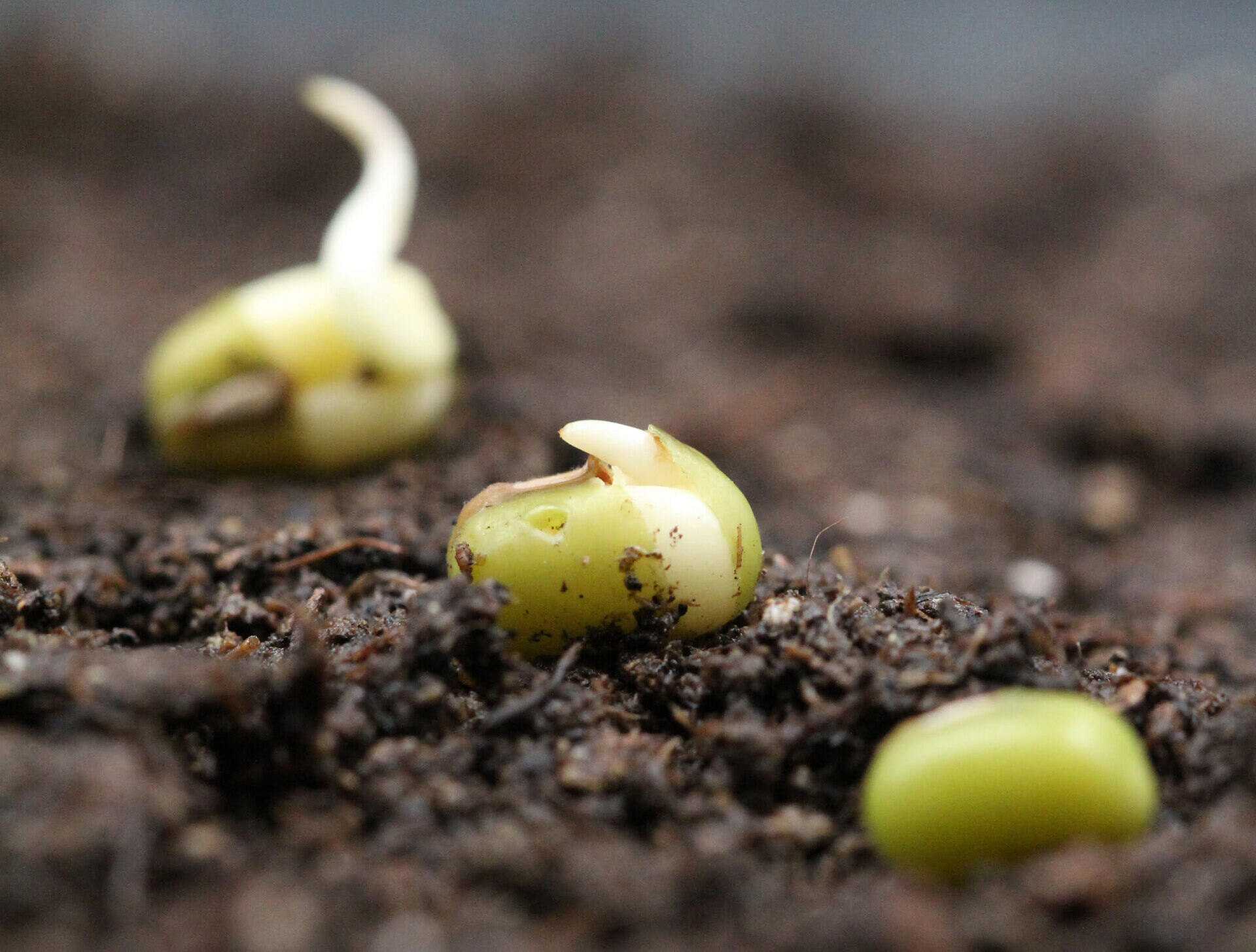

Garden Essentials
What Does A Seed Do
Modified: March 15, 2024
Discover what a seed does in your garden and how it transforms into a flourishing plant. Explore the fascinating journey from seed to harvest and cultivate your green thumb.
(Many of the links in this article redirect to a specific reviewed product. Your purchase of these products through affiliate links helps to generate commission for Storables.com, at no extra cost. Learn more)
Introduction
Welcome to the fascinating world of seeds! Seeds are the tiny powerhouses that hold the secrets to growing and sustaining life in the plant kingdom. From the towering trees to the smallest flower, every plant begins its journey as a humble seed. Understanding the incredible role of seeds is key to successful gardening and cultivating a deep appreciation for the wonders of nature.
In this article, we will explore the various aspects of seeds, from their structure and germination process to their vital importance in plant propagation. We will also delve into the intriguing ways seeds are dispersed and stored, as well as the concept of seed saving for future generations.
So, grab your gardening gloves and let’s dive into the captivating world of seeds!
Key Takeaways:
- Seeds are like tiny powerhouses that hold the secrets to growing plants. They have a structure with an embryo, endosperm, and seed coat, and play a vital role in plant reproduction and human sustenance.
- Seed saving is a cool way for individuals to preserve plant diversity. By collecting, storing, and replanting seeds, people can help maintain a wide range of genetic traits, adapt plants to local conditions, and preserve traditional varieties.
Read more: What Does The Radicle Do In A Seed
Definition of a Seed
A seed is a reproductive structure produced by plants, encapsulating the embryo, along with a supply of nutrients and a protective outer covering. It serves as the starting point for the growth and development of a new plant. Seeds come in various shapes, sizes, and forms, adapting to the diverse needs of different plant species.
Each seed consists of three essential components: the embryo, endosperm, and seed coat. The embryo is the miniature, pre-formed plant enclosed within the seed, harboring the potential for growth and development. The endosperm is the nutrient-rich tissue that nourishes the developing embryo until it can establish its own root system and photosynthesize. The seed coat, also known as the outer coat or testa, provides protection to the internal parts of the seed from external factors such as dehydration, mechanical damage, and pathogens.
While most people associate seeds with flowering plants, such as roses or sunflowers, they are actually present in a wide range of plant groups, including gymnosperms (such as conifers) and ferns. Seeds exhibit incredible diversity, from cotton-like fluff of a dandelion seed to the hard shells of nuts. This variety of seeds ensures the survival and propagation of plant species across different ecosystems.
Not only do seeds play a crucial role in the reproduction of plants, but they also have immense significance for human beings. Seeds have served as a vital source of food, oil, fiber, medicine, and even fuel for thousands of years. They have been cultivated and selectively bred by humans for desirable traits, leading to the development of countless crop varieties that we rely on for sustenance.
In the next section, we will explore the fascinating structure of seeds and uncover the intricate details that make them nature’s masterpieces.
Structure of a Seed
Seeds are remarkable structures with intricate internal and external features that enable them to survive and germinate under favorable conditions. Let’s take a closer look at the components of a seed and their functions:
- Embryo: The embryo is the miniature plant contained within the seed. It consists of three main parts: the radicle (embryonic root), the plumule (embryonic shoot), and one or more cotyledons (seed leaves). The radicle is the first structure to emerge during germination and gives rise to the primary root system. The plumule contains the first true leaves and eventually develops into the stem and foliage of the plant. The cotyledons store and provide nutrients to the developing embryo until it can establish its own photosynthetic capabilities.
- Endosperm: The endosperm is a nutrient-rich tissue that surrounds the embryo, acting as a vital source of energy during germination. It contains reserves of carbohydrates, proteins, and oils, which are used by the growing embryo until it can produce its own food through photosynthesis. In some seeds, such as corn or wheat, the endosperm remains prominent even in the mature seed, while in others, it may be completely absorbed by the developing embryo.
- Seed Coat: The seed coat, also known as the testa, is the protective outer covering of the seed. It is composed of one or more layers and can vary in thickness and texture depending on the plant species. The seed coat provides physical protection against mechanical damage, desiccation (drying out), and pathogens. Some seeds have specialized adaptations in their seed coats, such as hard shells or water-resistant coatings, that enhance their survival in specific environments.
Besides these essential parts, seeds may also contain additional structures depending on the type of plant. For example, gymnosperm seeds, like those of pine trees, have an additional outer layer called the seed coat or seed scale, which protects the seed and aids in its dispersal.
Understanding the structure of seeds is crucial for successful germination and cultivation. By providing the right environmental conditions, such as proper moisture, temperature, and light, we can trigger the activation of the embryo and initiate the growth of a new plant.
Next, we will explore the fascinating process of seed germination and how seeds awaken from their dormant state to embark on a journey of growth and development.
Seed Germination
Seed germination is the process by which a dormant seed awakens and begins its transformation into a fully grown plant. It involves the activation of the embryo, followed by the emergence of a root and shoot system. Let’s explore the stages of seed germination:
Imbibition: The first step in seed germination is imbibition, where the seed takes in water through its seed coat. This uptake of water triggers biochemical changes within the seed, reactivating the metabolic processes that have been dormant. As the seed absorbs water, it expands and softens, preparing for the subsequent stages of germination.
Activation of the Embryo: Once the seed has absorbed enough water, the embryo becomes activated. The radicle (embryonic root) is the first to emerge from the seed and grows downward, anchoring the young plant into the soil. The radicle begins to absorb water and nutrients from the soil, providing sustenance for further growth.
Emergence of the Shoot: As the radicle develops and establishes itself, the plumule (embryonic shoot) begins to grow upward towards the surface. The plumule contains the first true leaves of the plant and is responsible for photosynthesis and the production of food. As it emerges from the soil, the plumule is exposed to light, which will stimulate its growth and the unfurling of the young leaves.
Development of the Seedling: With both the root and shoot systems in place, the seedling undergoes further development. The primary root branches out to form lateral roots, which enhance the plant’s ability to absorb water and nutrients from the soil. Meanwhile, the shoot system continues to expand and produce more leaves, enabling the seedling to photosynthesize and generate its own energy.
Germination requirements vary among plant species, and factors such as temperature, light, moisture, and oxygen play crucial roles in determining the success of seed germination. Some seeds require specific conditions, such as exposure to cold temperatures (stratification) or exposure to fire (scarification), to break their dormancy and initiate germination.
The process of seed germination is a remarkable demonstration of nature’s ingenuity. From a dormant seed buried in the ground emerges a tiny plant, ready to grow, thrive, and contribute to the natural ecosystem.
In the next section, we will explore the importance of seeds in the plant kingdom and the significant role they play in sustaining life on our planet.
Importance of Seeds
Seeds are not only vital for the survival and reproduction of plants, but they also hold immense importance for the entire ecosystem and human beings. Let’s delve into the various ways seeds contribute to the wellbeing of our planet:
Ecosystem Stability: Seeds play a crucial role in maintaining the balance and stability of ecosystems. They serve as the foundation for plant regeneration and succession, ensuring the continued presence of diverse plant species in different habitats. Seeds provide food and habitat for a wide range of animals, including birds, rodents, and insects, contributing to the overall biodiversity and ecological resilience of an area.
Food Security: Seeds are the basis of our food supply. Agricultural crops, such as grains, fruits, vegetables, and nuts, all originate from seeds. They are cultivated and selectively bred to improve desirable traits such as yield, disease resistance, and flavor. Without seeds, our ability to produce food on a large scale and sustain growing populations would be severely compromised.
Genetic Diversity: Seeds are repositories of genetic diversity. Within a seed’s DNA lies the potential for different traits and characteristics that allow plants to adapt to changing environmental conditions. This genetic diversity is essential for developing new crop varieties that are resilient to pests, diseases, and climate change. Seed banks and conservation efforts aim to preserve and safeguard this genetic diversity for future generations.
Environmental Restoration: Seeds play a vital role in restoring degraded landscapes and ecosystems. Through reforestation efforts, seeds are planted to restore forests and combat deforestation. Likewise, in areas affected by wildfires or human disturbance, seeds are used to help initiate the recovery and regeneration of vegetation.
Medicinal and Herbal Uses: Many seeds are essential sources of medicinal compounds and have been used for centuries in traditional medicine. From the poppy seeds used to derive opiates for pain relief to the flaxseeds rich in omega-3 fatty acids for heart health, seeds offer a wide array of therapeutic benefits. Additionally, certain seeds are used in herbal remedies and alternative therapies to promote wellness and healing.
Seeds are truly the threads that connect humans, nature, and the environment. Their role in sustaining ecological balance, providing food security, preserving genetic diversity, restoring habitats, and offering medicinal benefits highlights their indispensability in our lives.
In the next section, we will explore the fascinating ways in which seeds are dispersed and spread to new locations, ensuring the survival and colonization of plant species.
When planting a seed, make sure to provide the right amount of water, sunlight, and nutrients for it to grow. Different seeds have different needs, so it’s important to research the specific requirements for the type of seed you are planting.
Read more: What Does Crop Rotation Do
Seed Dispersal
Seed dispersal is a fascinating process by which seeds are transported from their parent plants to new locations, allowing plants to colonize new areas and ensure the survival of their species. Plants have evolved remarkable mechanisms to disperse their seeds far and wide. Let’s explore some of the most common methods of seed dispersal:
- Wind: Many plants have evolved seeds that are lightweight with structures adapted for wind dispersal. These seeds are often equipped with wings or feathery structures that catch the wind and carry them over long distances. Examples of wind-dispersed seeds include those of dandelions, maples, and cottonwoods.
- Water: Seeds of some aquatic or riparian plants have evolved to be dispersed by water. These seeds often have protective coverings that allow them to float and remain viable as they are carried by currents to new areas. Water lilies, willows, and coconuts are some examples of plants that disperse their seeds through water.
- Animal Dispersal: Many plants have formed symbiotic relationships with animals for seed dispersal. Fleshy fruits are consumed by animals, who then disperse the seeds through their droppings as they move around. These seeds are often surrounded by a protective, nutrient-rich fruit pulp that entices animals to eat them. This method ensures that seeds are carried away from the parent plant and dispersed in fertile areas. Examples of animal-dispersed seeds include those found in berries, apples, and cherries.
- Explosive Mechanisms: Some plants have developed mechanisms to disperse their seeds through explosive actions. These plants have seed pods or capsules that, when mature, burst open forcibly, ejecting the seeds in different directions. Touch-me-not plants (Mimosa pudica) and squirting cucumbers (Ecballium elaterium) are well-known examples of plants that use explosive seed dispersal.
- Ant Dispersal: In a fascinating mutualistic relationship, some plants have evolved to attract ants and rely on them for seed dispersal. These plants produce nutrient-rich structures called elaiosomes that are attached to their seeds. Ants are attracted to these elaiosomes and carry the seeds back to their nests. The ants consume the elaiosomes, but the seeds are left in underground chambers or discarded, providing a safe and nutrient-rich environment for germination. Trillium and bloodroot are among the plants that employ ant dispersal mechanisms.
The various methods of seed dispersal ensure genetic diversity, prevent overcrowding, and allow plants to colonize diverse habitats. The ability of seeds to find favorable growing conditions in new locations is key to the survival and adaptation of plant species.
In the next section, we will explore the concept of seed banks and the important role they play in conserving and preserving seed diversity.
Seed Banks
Seed banks, also known as seed repositories or gene banks, are essential institutions dedicated to the conservation and preservation of plant genetic diversity. They serve as repositories for storing and safeguarding seeds from a wide range of plant species, ensuring that their genetic information is preserved for future generations. Let’s explore the significance of seed banks:
Conserving Genetic Diversity: Seed banks play a crucial role in conserving the genetic diversity present in different plant species. They collect and store seeds from diverse populations, including wild relatives, landraces, and crop varieties, ensuring the preservation of a wide range of genetic traits. This genetic diversity acts as a valuable resource for plant breeding, research, and restoration efforts.
Protecting Against Loss and Extinction: Many plant species face threats from habitat destruction, climate change, and human activities. Seed banks act as a backup plan, safeguarding seeds from endangered or rare species. By storing seeds under controlled conditions, seed banks help prevent the loss and potential extinction of valuable plant species.
Supporting Research and Breeding Programs: Seed banks provide researchers, plant breeders, and agricultural scientists with access to a diverse collection of seeds for various studies and breeding programs. The stored seeds serve as a gene pool, allowing scientists to explore and utilize different traits, such as disease resistance, drought tolerance, or nutritional value, in the development of new crop varieties.
Facilitating Ecological Restoration: Seed banks play a vital role in ecological restoration projects. They provide seeds of native plant species that may be scarce or difficult to obtain from the natural environment. These seeds can be used to rehabilitate degraded habitats, restore biodiversity, and promote the recovery of ecosystems affected by human activities or natural disasters.
Supporting Food Security: In a rapidly changing world, seed banks provide a crucial resource for food security. They preserve traditional crop varieties and landraces, which often possess unique traits adapted to specific environmental conditions. These preserved seeds can be used to enhance crop diversity, resilience, and adaptability in the face of climate change or emerging agricultural challenges.
In recognition of the importance of seed banks, international organizations, governments, and research institutions collaborate to establish and maintain seed bank networks worldwide. These networks work together to promote seed exchange, sharing of knowledge, and coordinated conservation efforts.
Seed banks are real-life treasure troves, where the seeds of countless plant species are carefully stored and protected. They are vital repositories of our botanical heritage, ensuring that the genetic diversity necessary for the future of agriculture and the planet’s ecosystems is safeguarded.
In the final section, we will explore the concept of seed saving and how individuals can play a role in preserving seeds for future generations.
Seed Saving
Seed saving is a practice that empowers individuals to take an active role in preserving and conserving plant genetic diversity. It involves collecting, storing, and replanting seeds from open-pollinated or heirloom varieties of plants. Let’s explore the significance of seed saving:
Preserving Plant Diversity: Seed saving is a form of grassroots conservation that allows individuals to contribute to the preservation of plant diversity. By saving and sharing seeds from diverse plant varieties, gardeners and farmers help maintain a wide range of genetic traits and adaptations, ensuring that valuable plant diversity is not lost over time.
Adapting Plants to Local Conditions: Through seed saving, gardeners have the opportunity to select and save seeds from plants that perform well in their specific local environment. Over time, this practice can result in plant varieties that are better adapted to local climate, soil conditions, and pests. Saving seeds from successful plants helps develop locally adapted strains, enhancing resilience and sustainability in gardening and farming practices.
Preserving Traditional and Heirloom Varieties: Seed saving is vital for preserving traditional and heirloom varieties of plants that have been passed down through generations. These varieties often have unique flavors, colors, and adaptations that may be lost if not actively conserved. By saving and replanting seeds from heirloom varieties, we help maintain cultural heritage and protect the historical significance of these plants.
Cost-Efficient Gardening and Farming: Saving seeds allows gardeners and farmers to reduce their dependency on purchasing new seeds each year. By selecting and saving seeds from their own plants, individuals can establish a self-renewing seed source, reducing costs and promoting self-sufficiency in food production. This practice is particularly useful for open-pollinated and non-hybrid varieties, as their seeds can be saved and replanted with consistent results.
Community Building and Seed Exchange: Seed saving fosters community building and strengthens local networks of gardeners and farmers. Seed exchange events and seed libraries provide platforms for sharing saved seeds, knowledge, and experiences, promoting collaboration, diversity, and a sense of solidarity among seed savers. Participating in seed swaps can be a rewarding way to discover new varieties, learn from others, and expand the diversity of your own garden.
Seed saving is a powerful way for individuals to contribute to the conservation and sustainable use of plant genetic resources. Whether you have a backyard garden or a small farm, saving seeds allows you to actively engage with the natural world, preserve biodiversity, and become a custodian of our botanical heritage.
As we conclude our exploration of seeds and their significance, we hope you feel inspired to embark on your own seed-saving journey and join the global community of seed savers.
Conclusion
Seeds are truly remarkable entities that hold the power to sustain life and shape the world around us. From their humble beginnings as tiny embryos enclosed within protective coatings, seeds have evolved incredible mechanisms for dispersal, germination, and adaptation. They play crucial roles in the stability of ecosystems, the production of food, and the preservation of genetic diversity.
In this article, we’ve explored the definition and structure of seeds, unraveled the fascinating process of seed germination, and delved into the importance of seeds for the environment and human life. We’ve learned how seeds are dispersed through various ingenious methods and the role of seed banks in preserving plant genetic diversity. We’ve also discovered the power of seed saving, enabling individuals to actively contribute to the conservation of plant heritage.
Seeds are not only the physical manifestations of plant life but also the carriers of stories, traditions, and the potential for future growth. They are a testament to the resilience and adaptability of nature, holding the secrets to countless possibilities waiting to be unlocked. Our understanding and appreciation of seeds can deepen our connection with the natural world and inspire us to be stewards of the environment.
As gardeners, farmers, and nature enthusiasts, we have the privilege and responsibility to care for seeds and ensure their continued success. By embracing sustainable practices, supporting seed banks, participating in seed exchanges, and saving seeds from our own plants, we can play a role in conserving plant diversity, adapting to changing conditions, and promoting a more resilient and sustainable future.
So, let’s nurture the seeds of curiosity and knowledge, as we continue to explore and appreciate the wonders of the plant kingdom. Let’s celebrate the beauty and importance of seeds, for their vitality and diversity are essential to the health and prosperity of our planet.
Frequently Asked Questions about What Does A Seed Do
Was this page helpful?
At Storables.com, we guarantee accurate and reliable information. Our content, validated by Expert Board Contributors, is crafted following stringent Editorial Policies. We're committed to providing you with well-researched, expert-backed insights for all your informational needs.
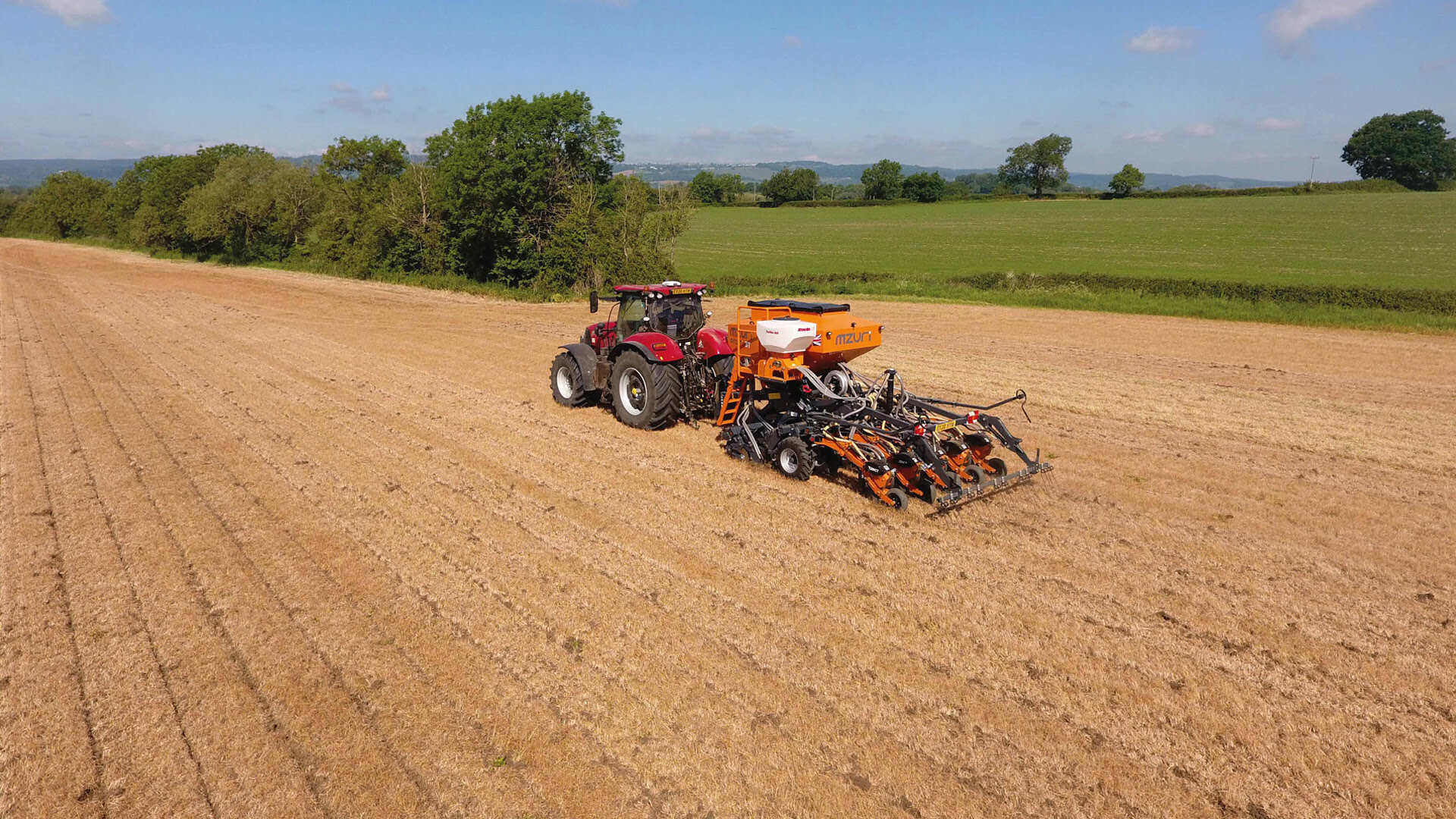
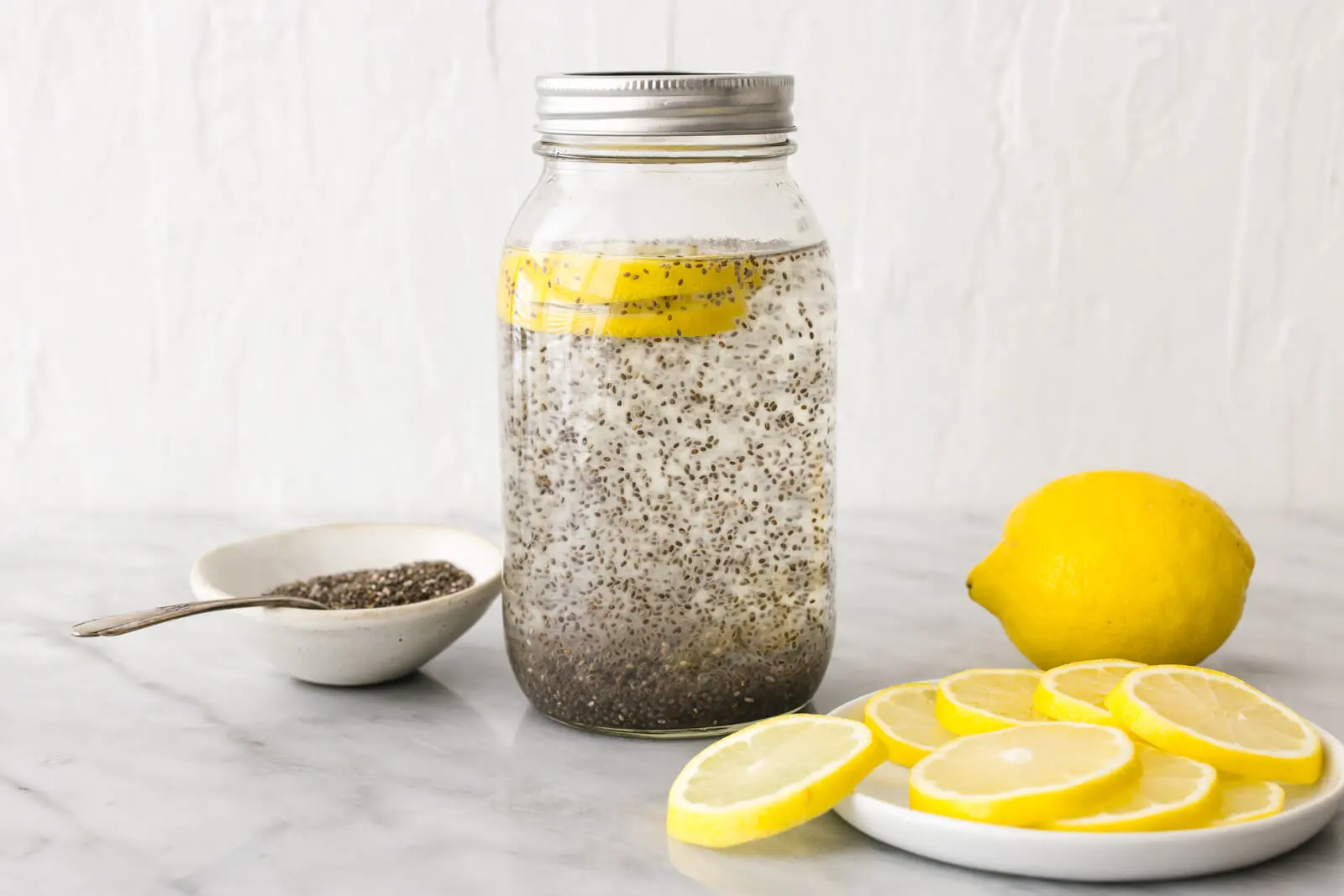
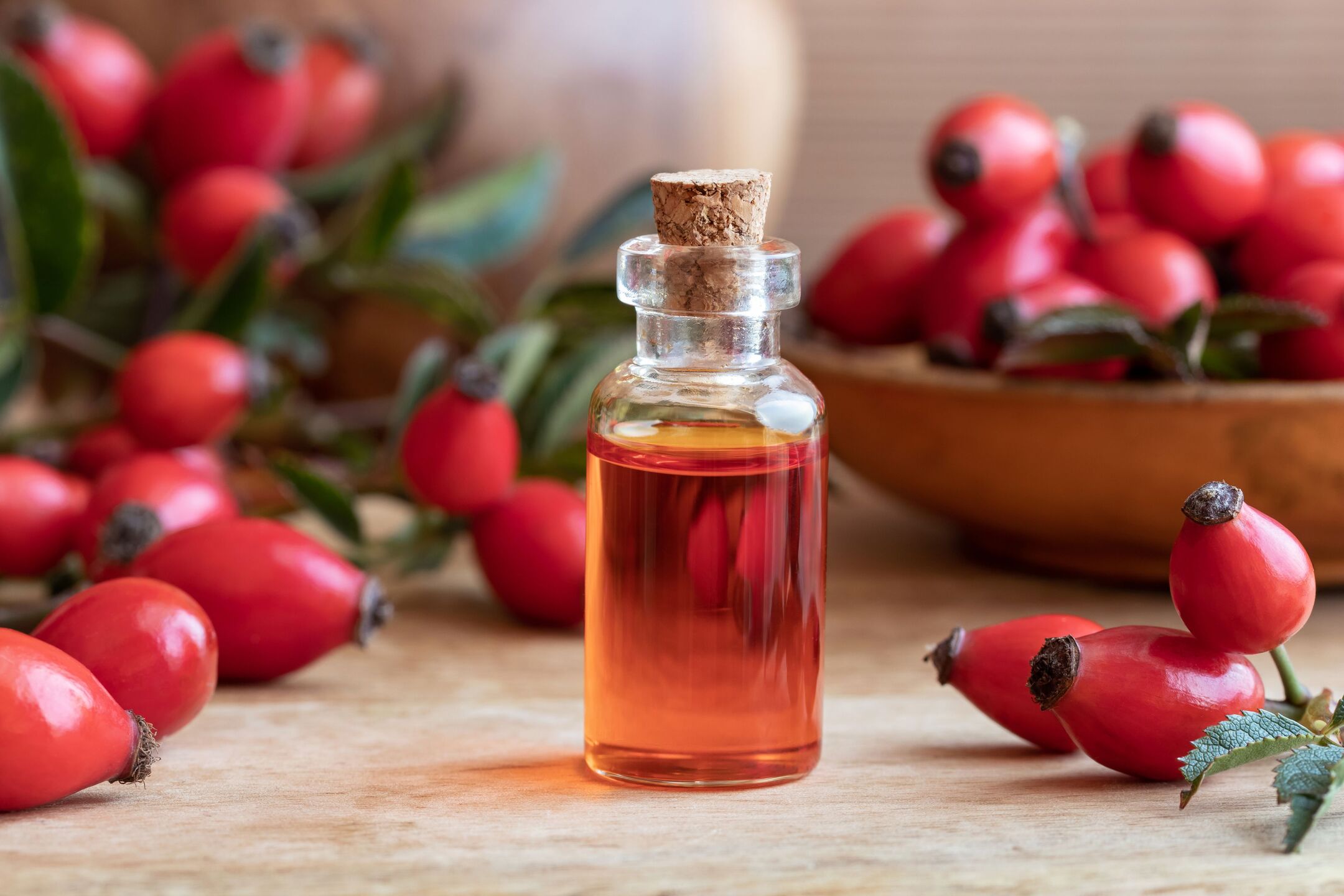
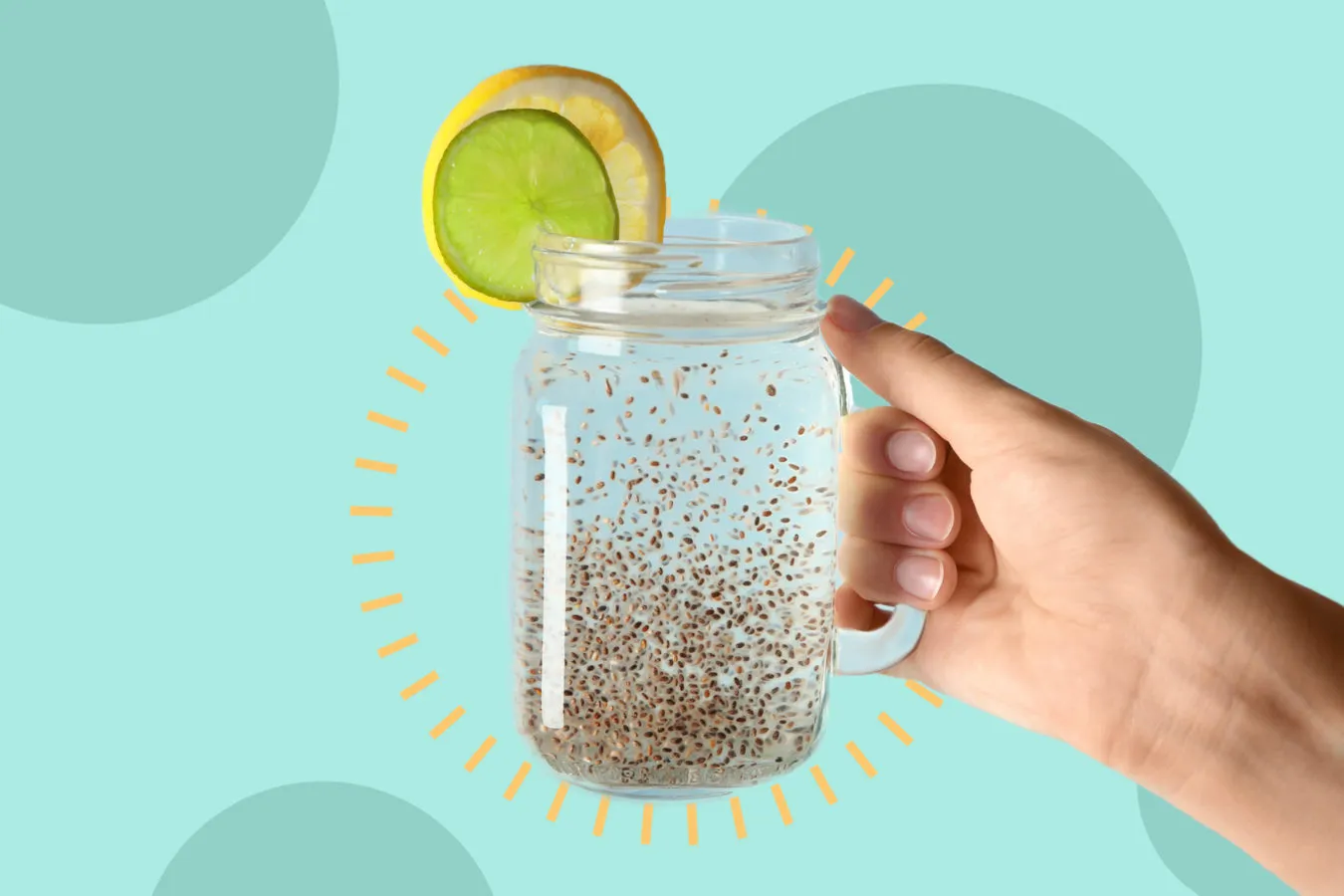
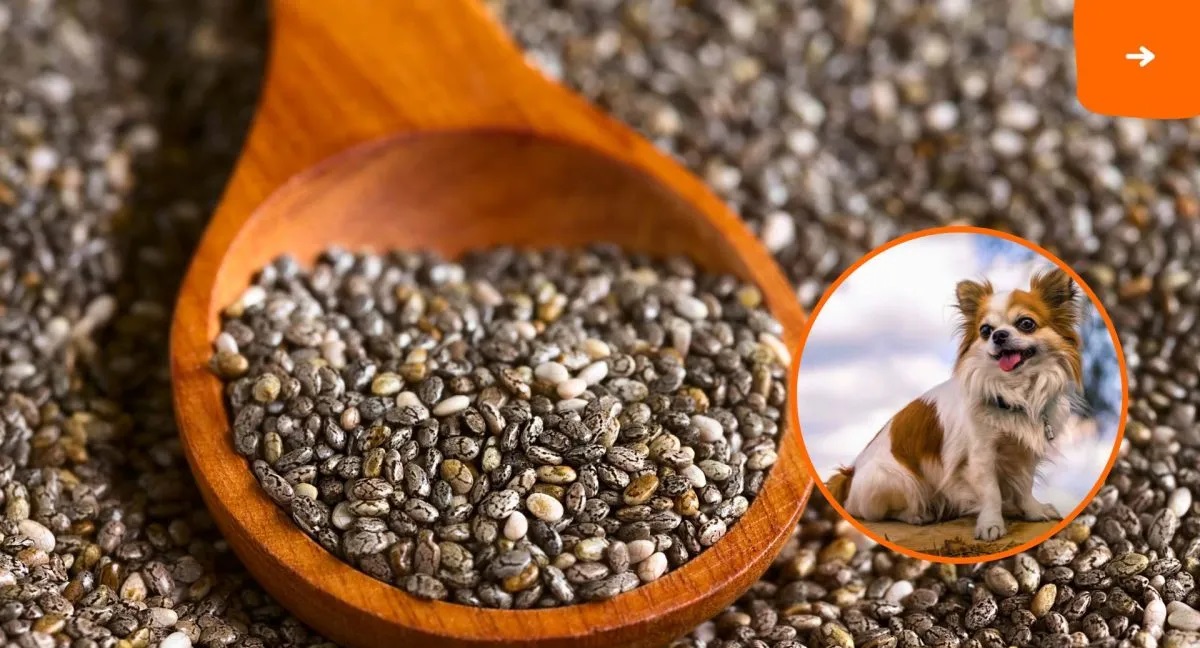

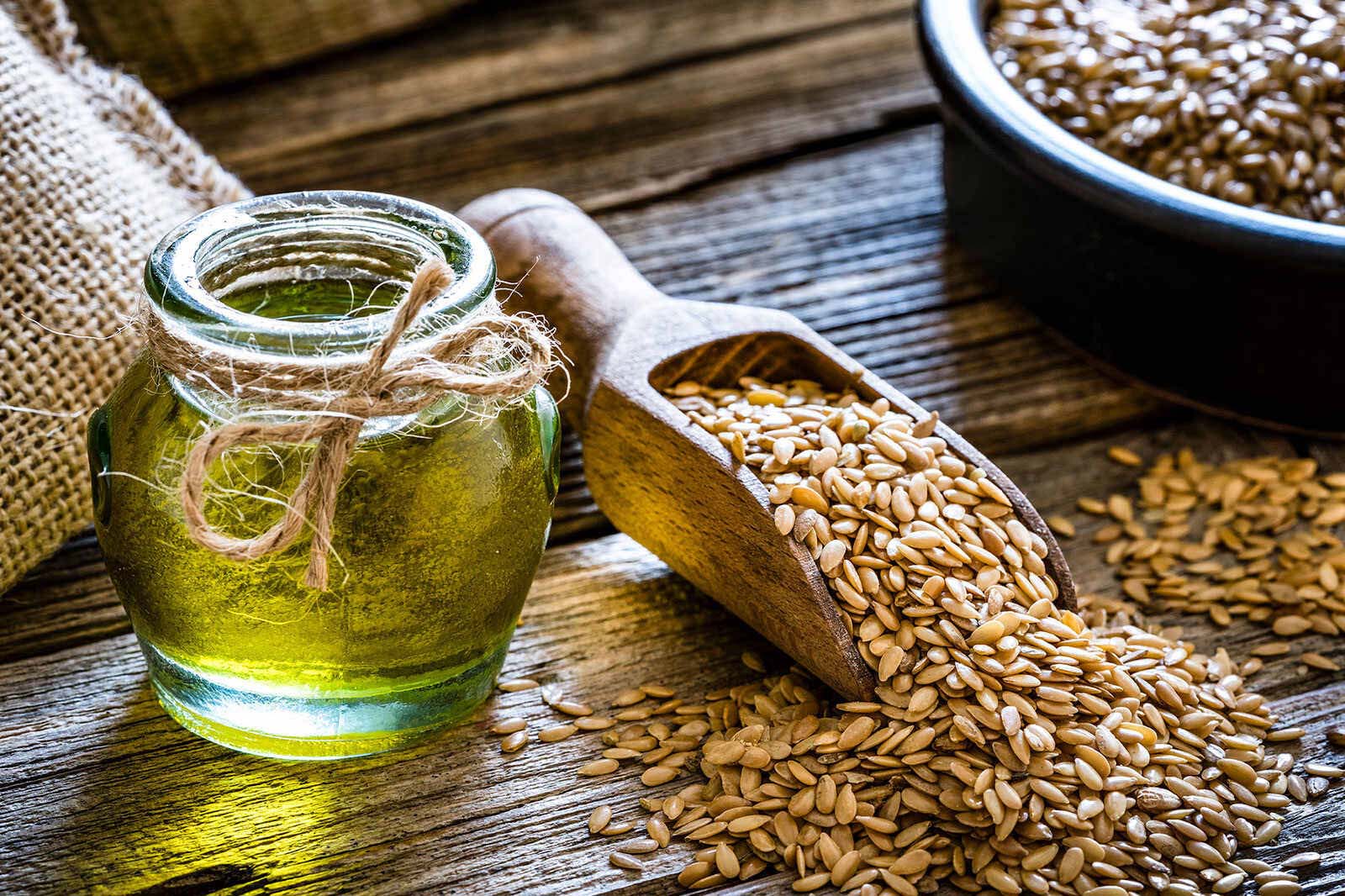
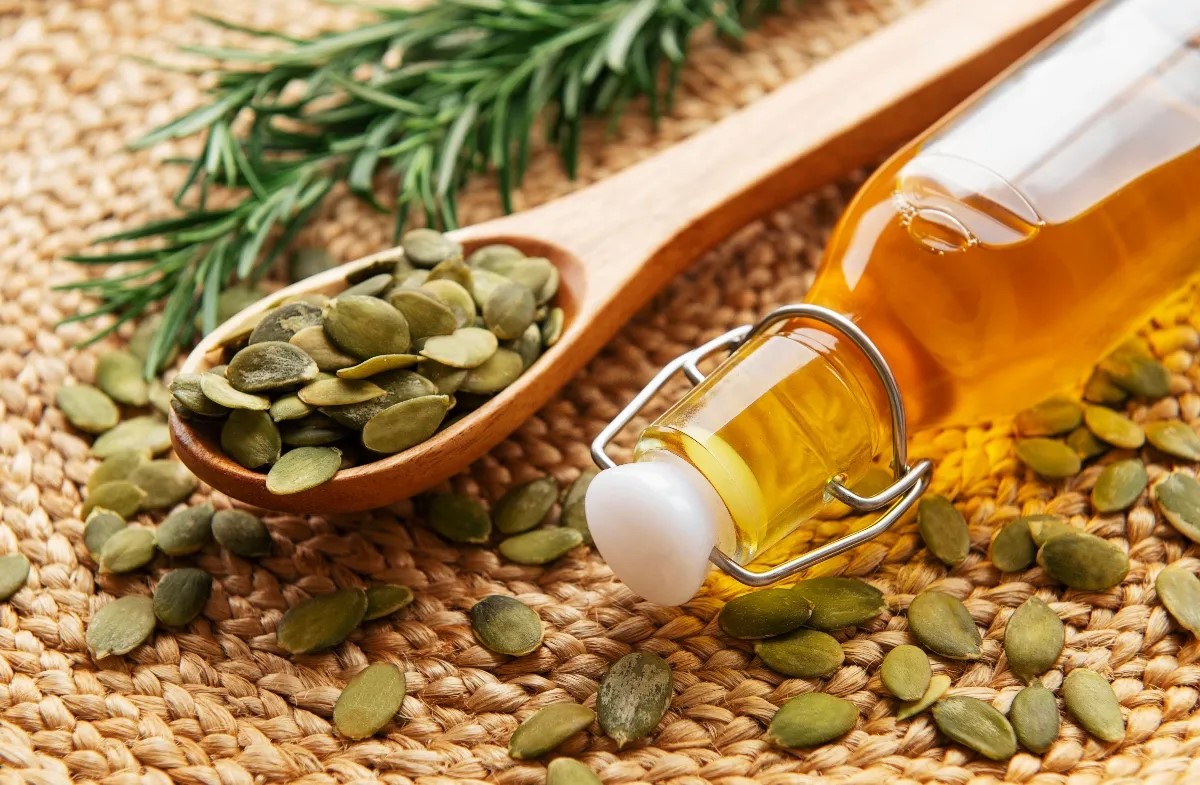
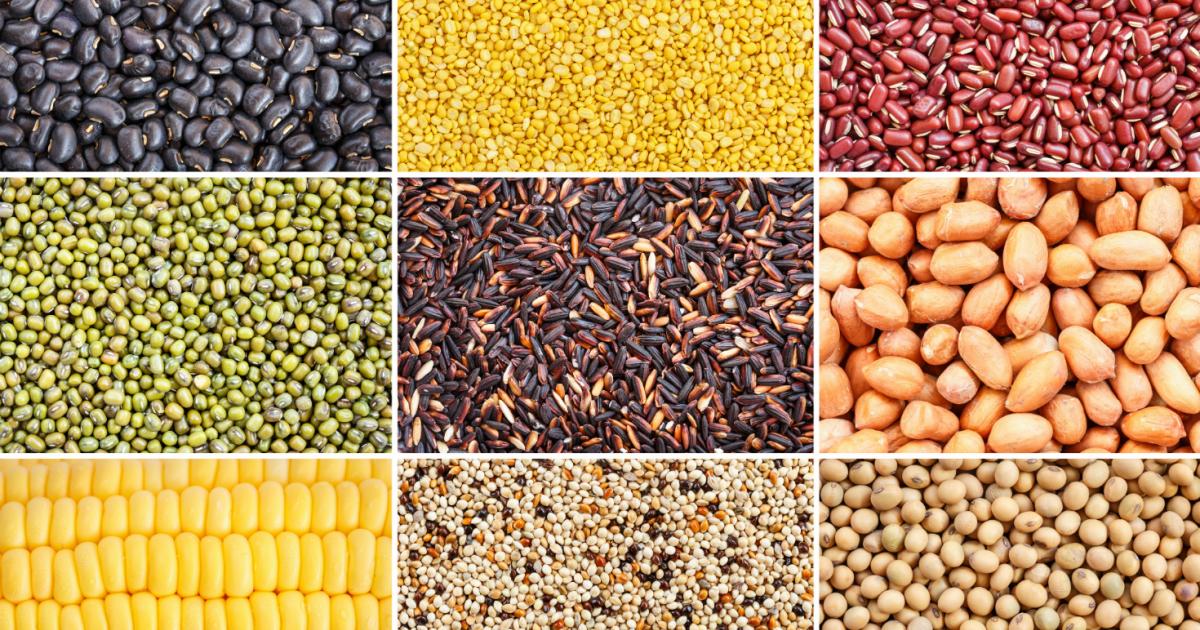
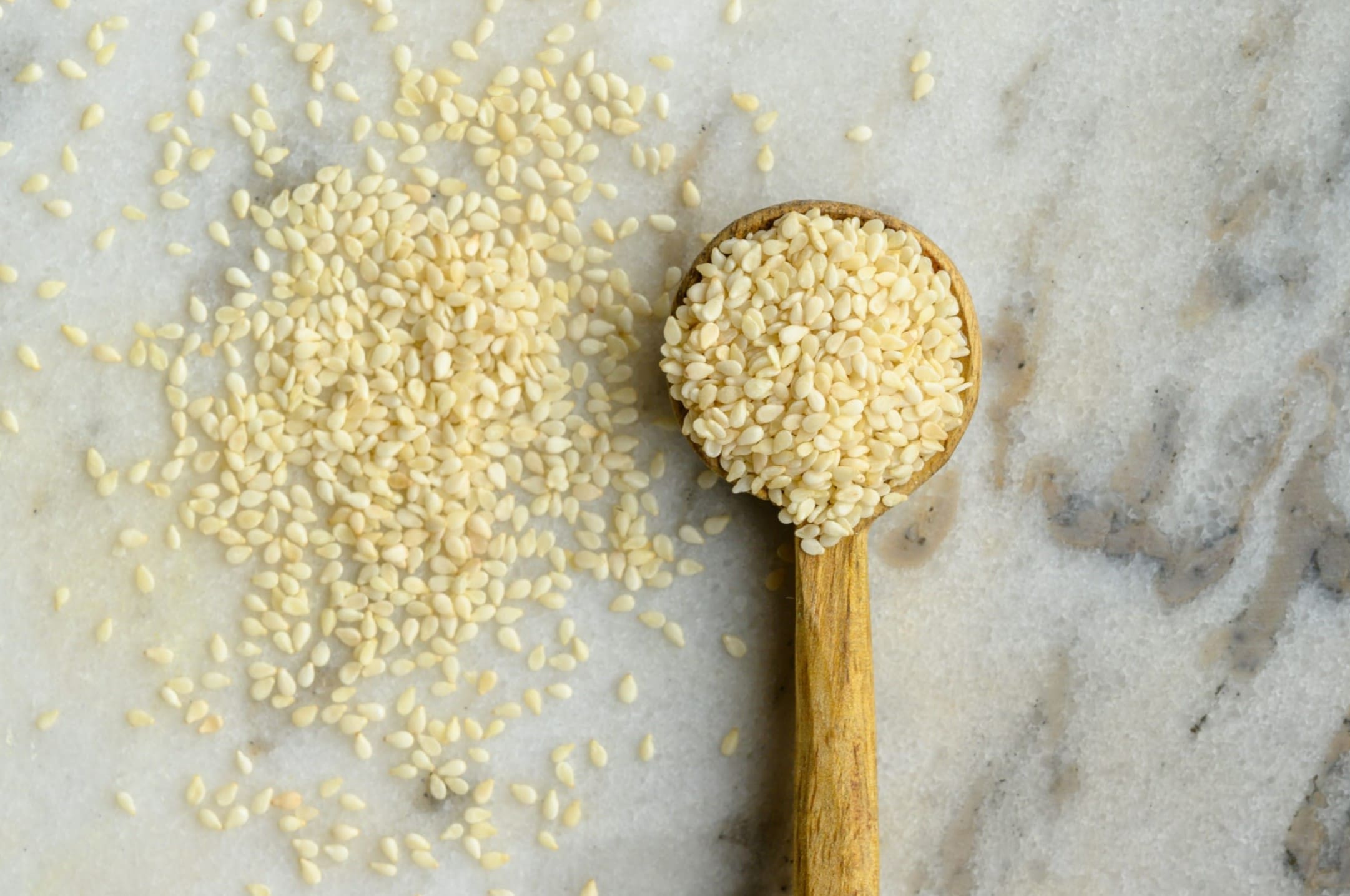
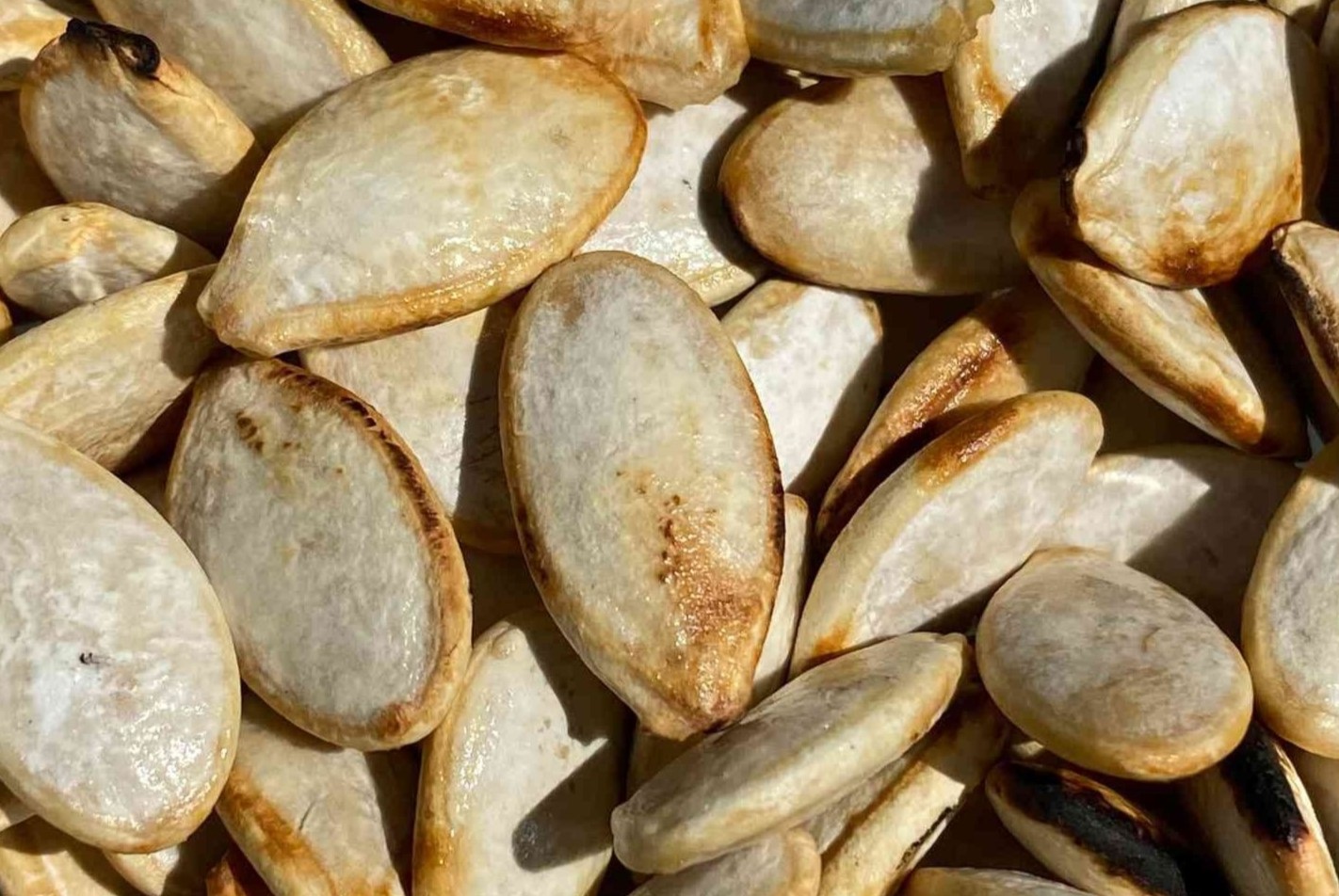
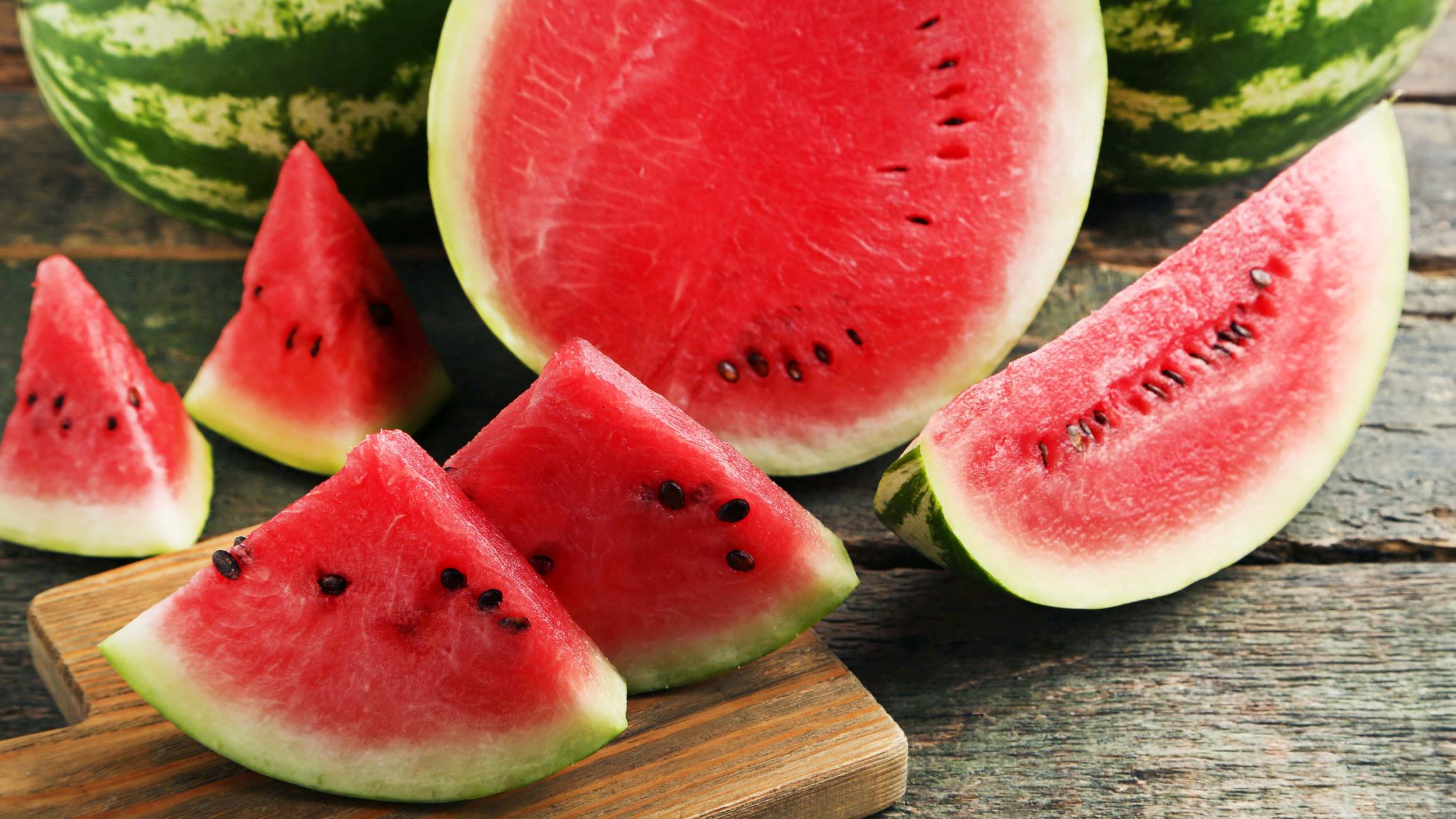
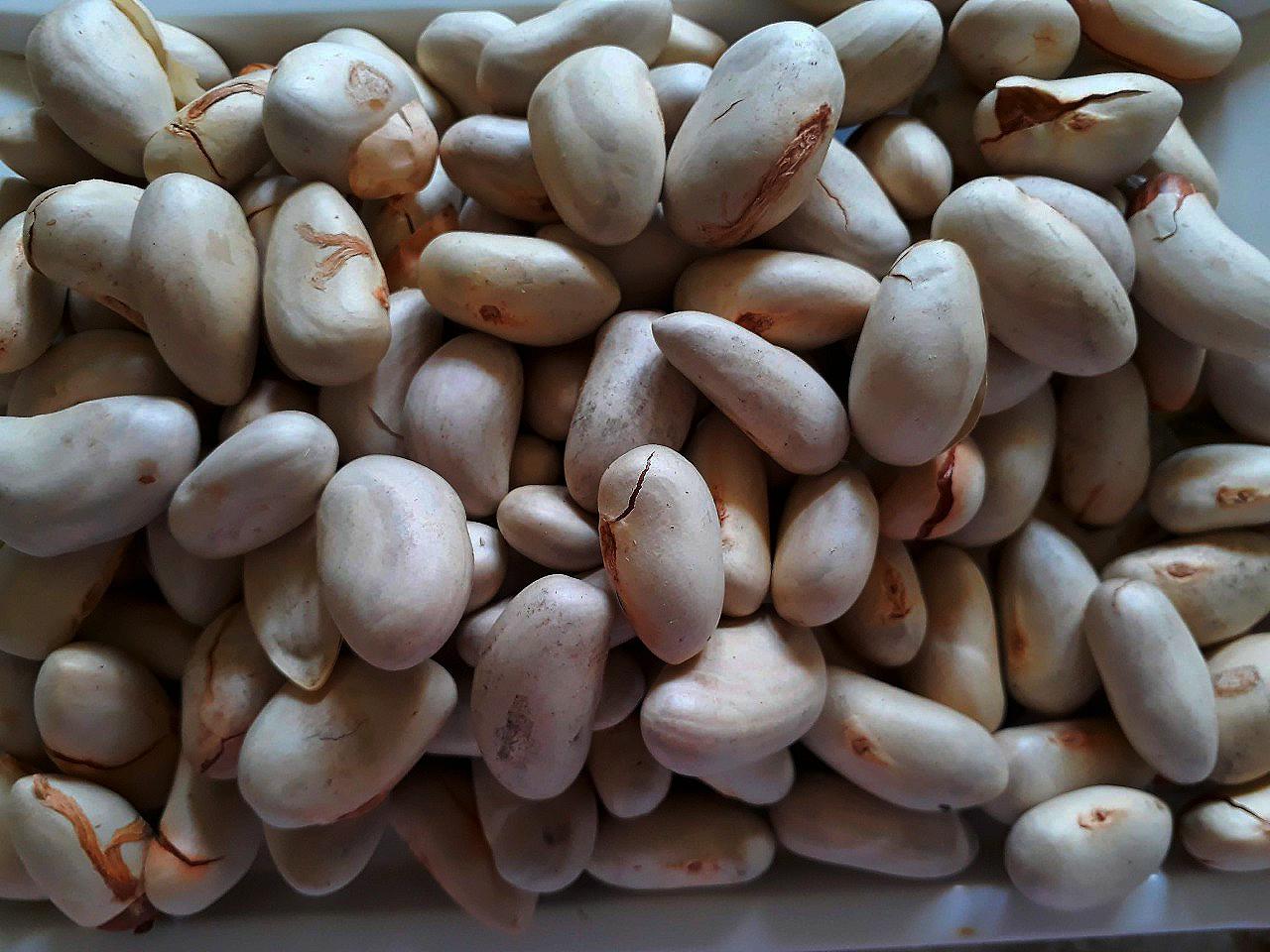
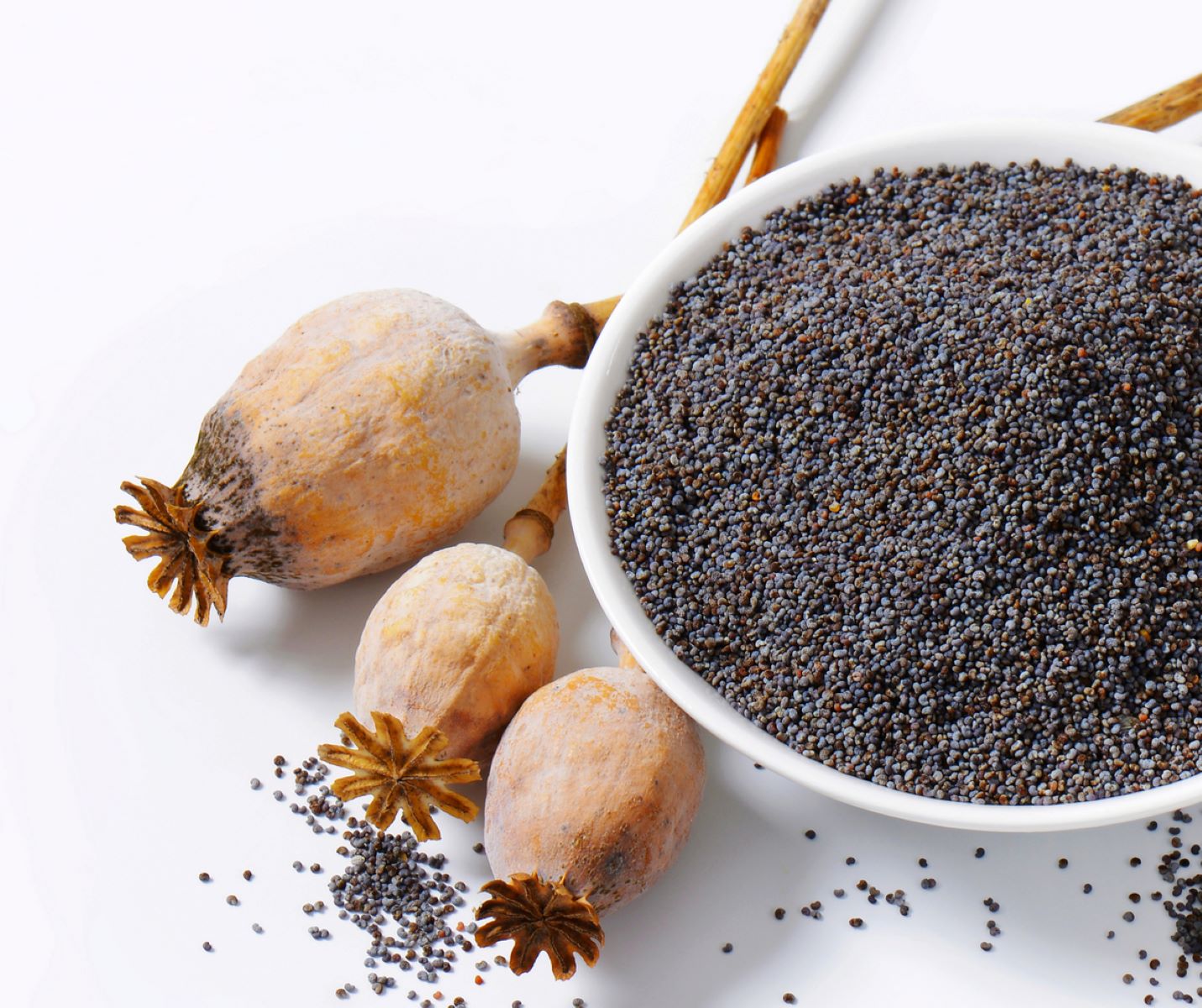

0 thoughts on “What Does A Seed Do”